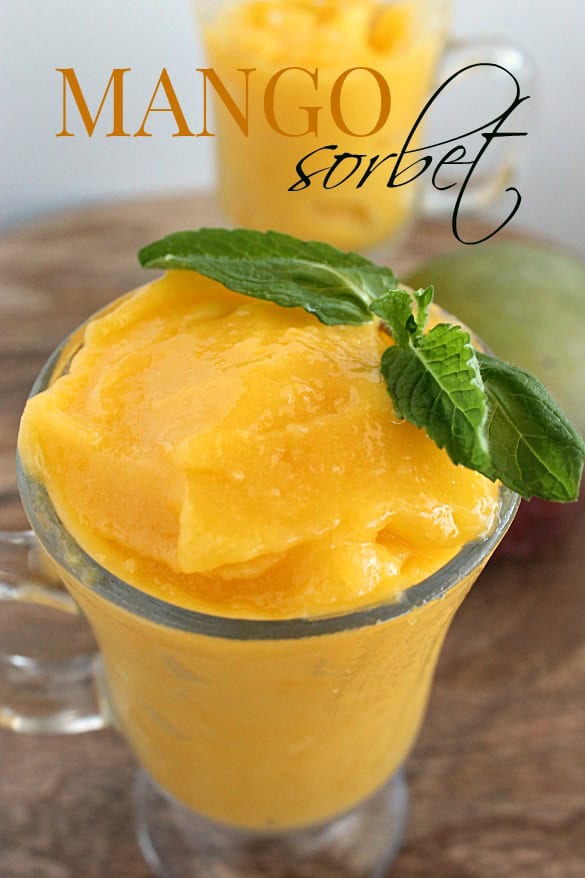The awaited summer heralds the arrival of luscious mangoes that are now grace the shelves in various markets. Of course, like everything else of late the price tag offers somewhat of a shock, even though the shelves are indeed laden—as costly as $5 per in some places.
Years ago I was asked by a young bloke, never destined to be a gastronome, I should add, what a mango actually tasted like. His mother, only God knows why, would not allow a mango in the house. He thought it might have been something to do with his father’s reaction the fruit—a fetish I suspect later explained in this story.
Defining the elusive flavour of a mango is as futile as trying to describe beauty. An attempt at such might reveal a flavour somewhere between an apricot and a pear. Is it a melange of peach and a banana? Maybe it's more toward sweet melon and an avocado?

Although palates and worldly concepts vary, the mango reliably yields flavour combinations that are as diverse and complicated as the personalities are of those who eat them. I have yet to discover a worthy substitute for a ripe, juicy mango in any other fruit, or combination of fruits. Nor have I met a mango aficionado whom I did not like—except for Tommy Harrison the little bastard who put a rotten one in my schoolbag and jumped up and down on it—a hell of a mess it made.

Some societies view the mango as a “naughty fruit” and one must understand the customs of the Caribbean island of Jamaica in particular where mangoes are bountiful and cheap. Folklore has it that a one-time local reckoned the mango was a “breast-shaped” treasure that men can nuzzle and nibble in public without attracting the coppers—or worse, a jealous lover with a sharp cane knife.
He also thought it was God’s earthly offering to help men’s transition through life—to outgrow an infant dependence upon their mothers which does last far too long after necessity in those parts—so I’ve been told. Well, you don't need to have much imagination to recognise their shape. But, as for his other assertions, I’ll let you decide.
And, that bit of folklore might explain why my friend’s mother would not allow a mango in the house. “Damned messy things,” she maintained.
Eating a really ripe mango loses its God-given aesthetics when served up in little squares, already separated from its pliable skin and served on a white plate, then plucked on a dainty fruit-fork and placed demurely into one’s mouth—how perfectly neat.

In the Caribbean they gorge on them when and wherever they find them—mostly hanging over someone’s fence. They suck and slurp the flesh from the seed and skin with speed and skill. The sweet mess is part of the ritual—it’s the domain of a mango.
Wild spectacled flying foxes eat a wide variety of Australian native rainforest fruits and flowers. These spectacled flying fox orphans in the Nightwings creche are demonstrating their fruit eating skills on mango.
When choosing a mango, look for those with a yellow hue. A few dark speckles are normal. Feel the fruit gently, do not fondle, it should yield faintly to a gentle squeeze yet remain firm throughout.
A perfectly ripe mango will taunt your sense of smell. Its musty, sweet perfume may conjure up thoughts of humid tropical nights and sweaty bodies, gyrating sensuously to the beat of a hypnotic steel band—overproof Jamaican rum will help with the image. Resist attacking that mango in the shop. Get it home and set it upon your kitchen counter for a few days. It will further ripen and fill your house with tropical sweetness.
Cutting the mango properly is essential. Simply lay it flat on the board and with a sharp knife cut a slab horizontally, as close to the seed as possible. Turn it over and do the same again.
The pulpy section that clings tenaciously to the seed must be peeled, then sucked, chewed and nibbled while the warm nectar runs down your arm and drips from your elbow—wash the floor later.

The two glorious slabs are then turned cut side up and with a not-so-sharp-knife score the flesh into small squares cutting down almost to the skin. Now press your fingers on the skin as if to turn the fruit inside out. Like an inviting breast it will curve outwards leaving the mango standing bold in separated squares. It is now ready for eating.

And last thoughts are for the afore-mentioned young bloke’s mum who might have used the excuse that mangoes made messy eating. A man in California took a chair inside a car wash, sat down and began to eat several mangoes and refused to move. I’ll bet it was he—the kid’s father!
There are not many recipes for mangoes, apart from mango chicken or chutney. Perhaps being ‘naughty’ is not your thing but do try this recipe for mango sorbet, it's less suggestive but equally seductive.
MANGO SORBET
Serves 4 to 6, more or less.
2 ripe mangoes
1/4 cup fresh lime juice
3 tbs. sugar
3/4 cup of water
Cut flesh from fruit and puree in a blender. Stir in lime juice and set aside. Boil sugar and water until it becomes a light syrup. Let cool to room temp. Stir mango into syrup, put into a tray and freeze. You must stir it periodically to give the texture of snow. Serve between courses or as a dessert with ice cream.
































































